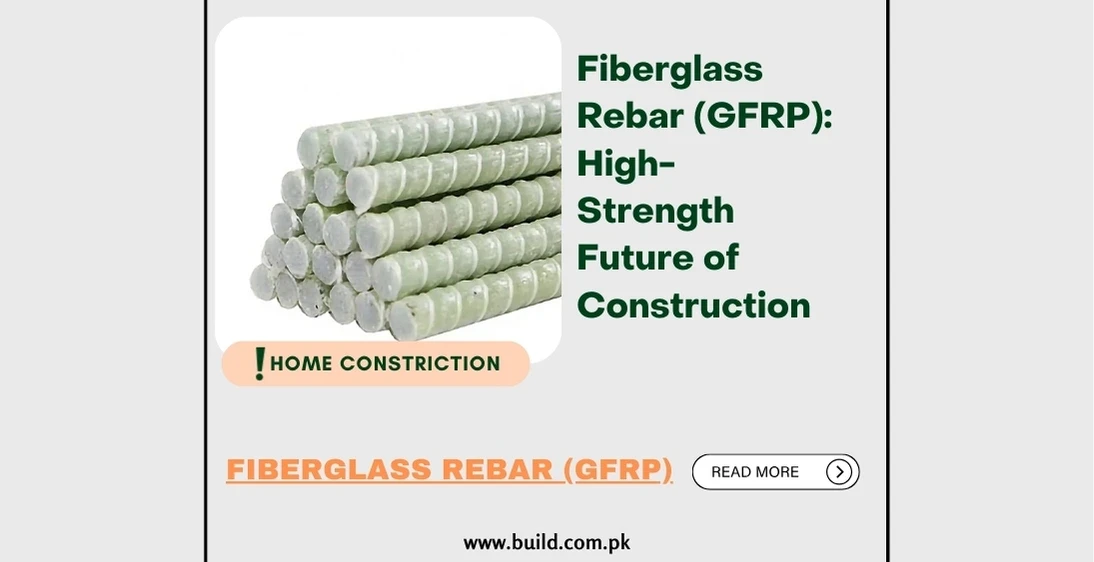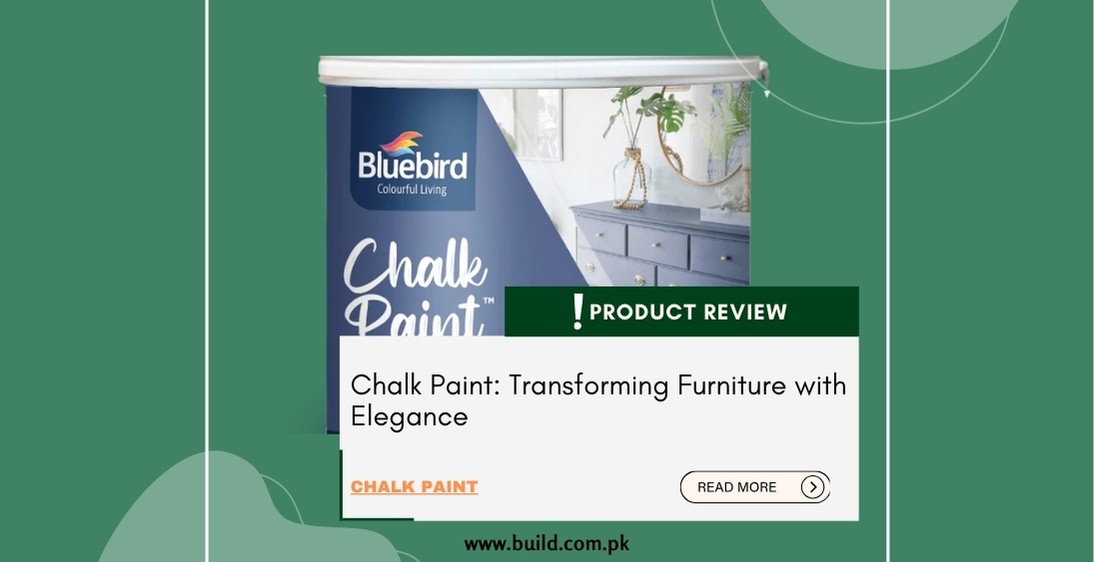Stainless Steel Railings: Enhancing Modern Spaces

Introduction:
Stainless
steel railings are a popular choice in modern architecture and interior design,
known for their sleek appearance, durability, and low maintenance. They are
used in various settings, from residential homes to commercial buildings,
providing both aesthetic appeal and functional benefits. This comprehensive
guide explores the characteristics, advantages, types, and applications of
stainless steel railings, offering valuable insights to help you make an
informed decision for your next project.
Characteristics of Stainless Steel Railings
Material Composition:
Stainless steel railings are typically made from a mix of iron,
carbon, and chromium, with the latter providing excellent resistance to
corrosion and staining. The most common grades used in railings are 304 and
316, with 316 offering higher corrosion resistance, making it suitable for
coastal and industrial environments.
Finish Options:
Stainless steel railings come in various finishes, including brushed,
polished, and satin. Each finish offers a distinct look and feel, allowing for
customization according to the design and aesthetic requirements of the space.
Strength and Durability:
Stainless steel is known for its exceptional strength and
durability. It can withstand heavy loads and impacts, making it ideal for both
indoor and outdoor applications. Its resistance to rust, corrosion, and
weathering ensures longevity and minimal maintenance.
Aesthetic Appeal:
The sleek and modern appearance of stainless steel railings enhances
the visual appeal of any space. Their clean lines and reflective surfaces contribute
to a contemporary look, making them a popular choice in modern architecture and
interior design.

Advantages of Stainless Steel Railings
Corrosion Resistance:
One of the most significant benefits of stainless steel is its
resistance to corrosion. The chromium content forms a passive layer of chromium
oxide on the surface, preventing rust and extending the lifespan of the
railing.
Low Maintenance:
Stainless steel railings require minimal maintenance compared to
other materials. Regular cleaning with a mild detergent and water is usually
sufficient to keep them looking new. Occasional polishing can restore their
shine if desired.
Versatility:
Stainless steel railings are highly versatile and can be used in various
settings, including residential homes, commercial buildings, industrial
facilities, and public spaces. They can be customized to fit different design
styles, from minimalist to ornate.
Safety and Strength:
The robust nature of stainless steel ensures that railings
provide a high level of safety and security. They can support heavy loads and
withstand impacts, making them suitable for high-traffic areas and structural
applications.
Environmental Sustainability:
Stainless steel is a recyclable material, making it an
environmentally friendly choice. Its durability and long lifespan reduce the
need for frequent replacements, contributing to sustainable building practices.
Types of Stainless Steel Railings
Cable Railings:
Cable railings use stainless steel cables stretched between posts to
create a minimalist and unobtrusive barrier. They offer an open and airy feel,
making them ideal for balconies, terraces, and staircases where unobstructed
views are desired.
Glass Railings:
Combining stainless steel with glass panels, these railings provide a
modern and elegant look. The stainless steel framework offers strength and
support, while the glass panels enhance visibility and light flow. They are
commonly used in contemporary homes, offices, and commercial spaces.
Tube Railings:
Tube railings consist of horizontal or vertical stainless steel tubes
arranged in various patterns. They are versatile and can be customized to fit
different design styles. Tube railings are often used in staircases, balconies,
and walkways.
Baluster Railings:
Featuring vertical stainless steel balusters (spindles) connected by
horizontal rails, these railings offer a classic and timeless look. They are
suitable for both traditional and modern settings, providing safety and style.
Handrail Systems:
Stainless steel handrails are often used in conjunction with other
materials like wood, glass, or concrete. They provide support and safety while
adding a sleek, modern touch to the design. Handrail systems are commonly found
in staircases, ramps, and walkways.
Applications of Stainless Steel Railings
Residential Homes:
Stainless steel railings are popular in residential settings for
staircases, balconies, terraces, and pool areas. They add a modern and
sophisticated touch to home interiors and exteriors while providing safety and
durability.
Commercial Buildings:
In commercial spaces like offices, hotels, and shopping centers,
stainless steel railings offer a professional and contemporary look. They are
used in lobbies, atriums, staircases, and mezzanines, enhancing the overall
design and functionality.
Industrial Facilities:
Stainless steel railings are ideal for industrial environments due
to their strength, durability, and resistance to corrosion. They are used in
factories, warehouses, and plants to provide safety barriers and support for machinery
and equipment.
Public Spaces:
Parks, bridges, museums, and other public areas benefit from the
durability and low maintenance of stainless steel railings. They offer safety
and accessibility while blending seamlessly with the surroundings.
Marine and Coastal Areas:
The superior corrosion resistance of stainless steel,
particularly grade 316, makes it suitable for marine and coastal applications.
It is used in marinas, piers, docks, and beachfront properties to withstand
harsh saltwater environments.
Maintenance and Care of Stainless Steel Railings
Regular
Cleaning: Keep stainless steel railings clean by wiping them down with a soft
cloth and mild detergent solution. Rinse with clean water and dry with a soft
towel to prevent water spots and streaks.
Polishing:
Periodically polish stainless steel railings to maintain their shine and remove
minor scratches. Use a stainless steel polish or a mixture of vinegar and olive
oil applied with a soft cloth.
Avoid
Harsh Chemicals: Avoid using abrasive cleaners, steel wool, or harsh chemicals
that can damage the surface of the stainless steel. Stick to mild cleaning
agents and soft cleaning tools.
Inspect
for Damage: Regularly inspect the railings for any signs of damage, such as
loose fittings, rust spots, or scratches. Address any issues promptly to
prevent further damage and maintain the structural integrity of the railings.
Protect
from Corrosion: In coastal or industrial environments, apply a protective
coating or use passivation treatments to enhance the corrosion resistance of
the stainless steel. Regular maintenance and protective measures ensure
longevity and performance.
Conclusion:
Stainless steel railings are a versatile, durable, and aesthetically pleasing choice for various applications, from residential homes to commercial buildings and public spaces. Their strength, low maintenance, and modern appearance make them an ideal solution for enhancing safety and style in any setting. By understanding the characteristics, advantages, types, and maintenance requirements of stainless steel railings, you can make an informed decision that meets your design and functional needs. Embrace the elegance and durability of stainless steel railings to create a contemporary and secure environment for your next project.









